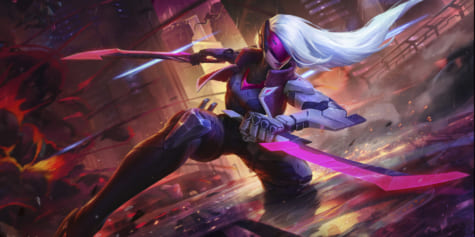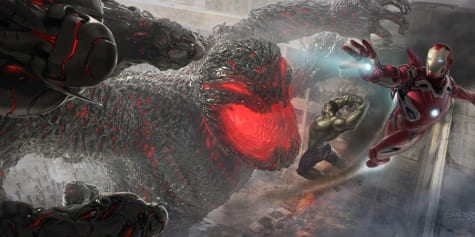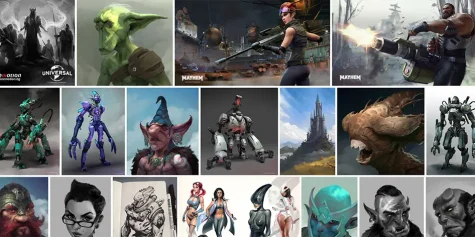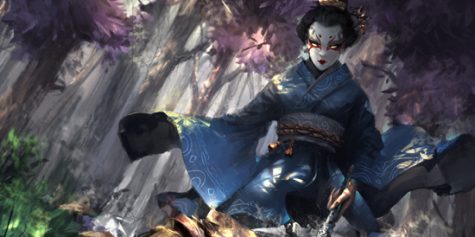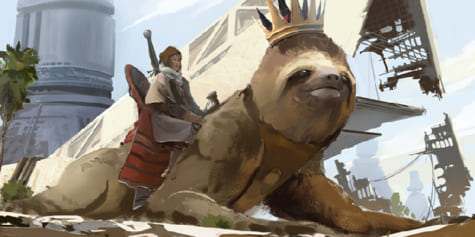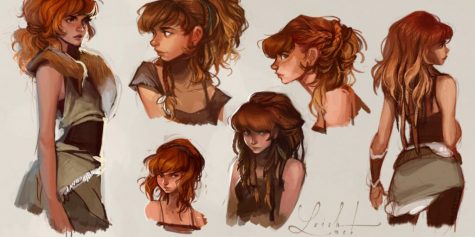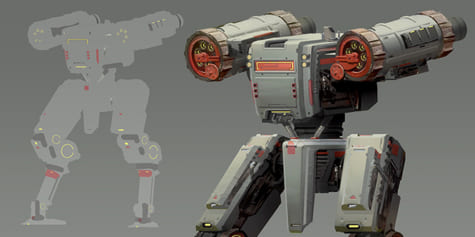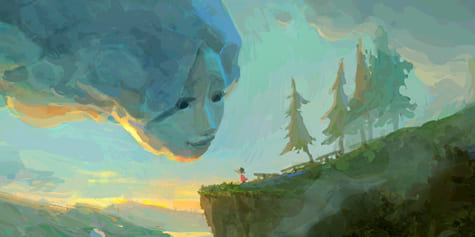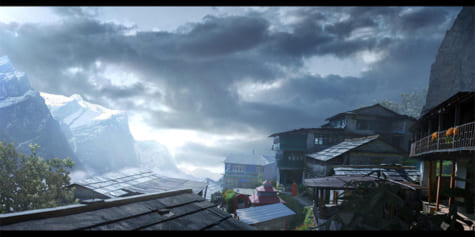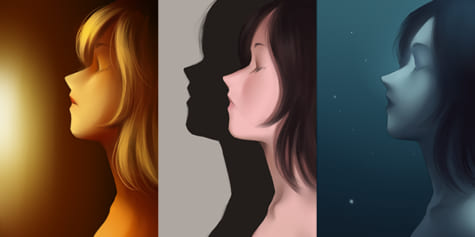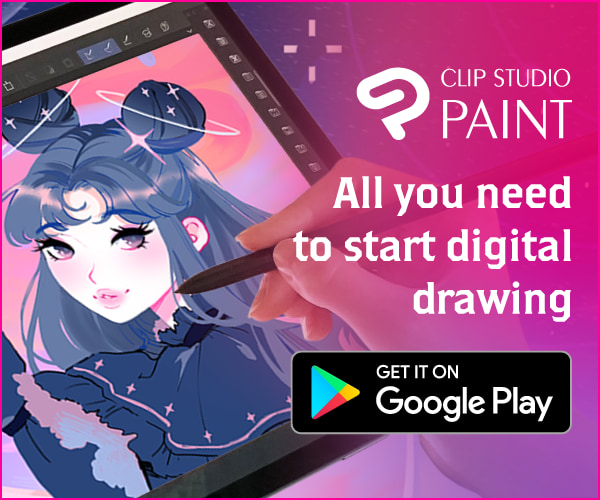Becoming a Concept Artist for a Hollywood Film
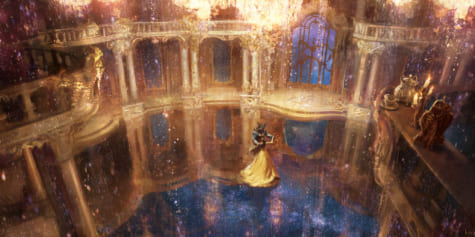
Concept artists for film help to illustrate and bring the production designer or director’s ideas life with their artwork. We interview film concept artist veteran Karl Simon to get all the information you need to know about working behind the scenes, getting the job and the creation process for film concept illustrations.
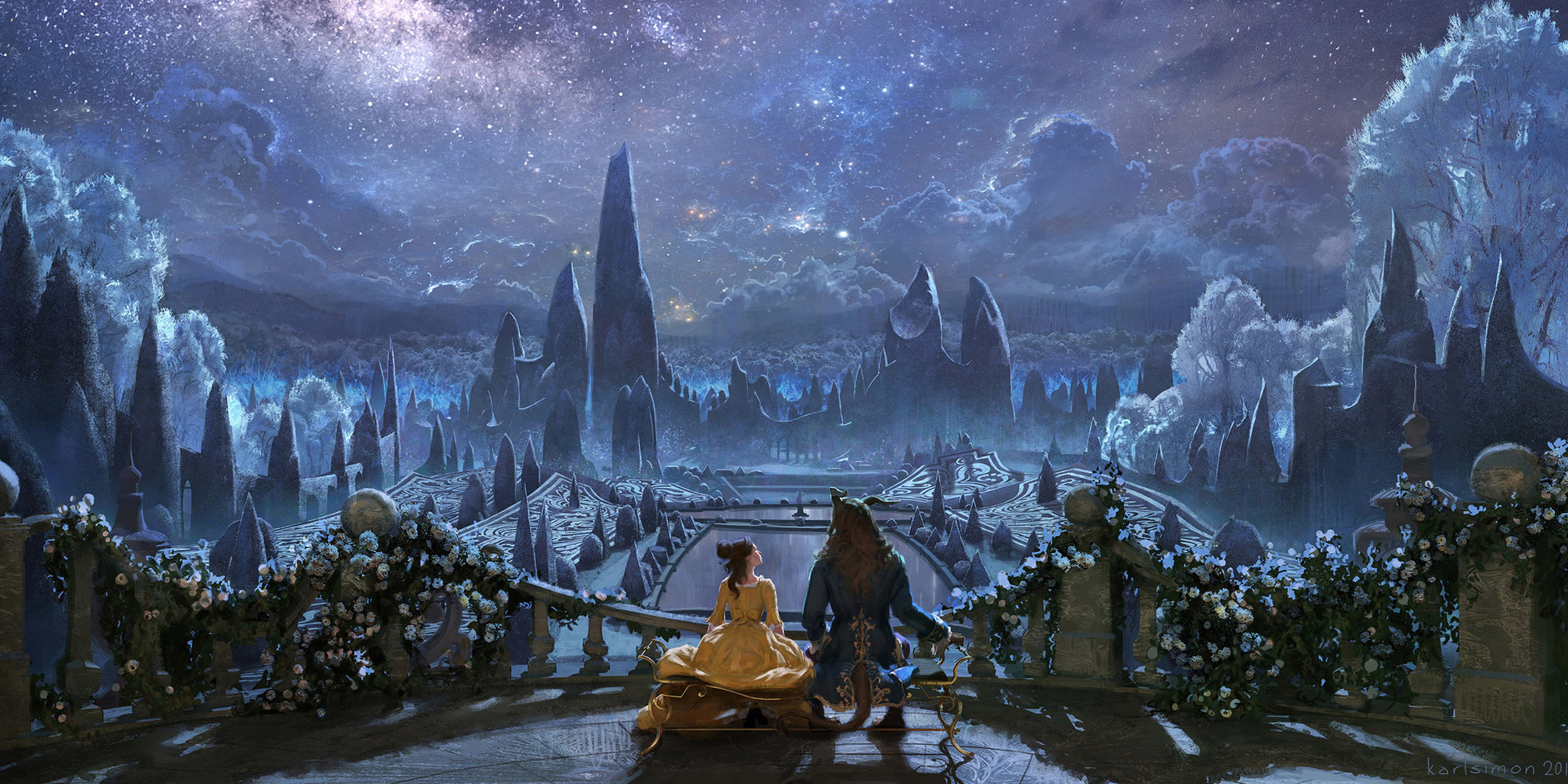
Concept art for Beauty and the Beast
Karl has worked on a multitude of Hollywood films like the the recent remake of Disney’s Beauty and the Beast, Les Miserables, Harry Potter and the Deathly Hallows, The Prince of Persia, Total Recall and many more. The Swedish born artist, now based in the United Kingdom, has several years of experience in the industry. Though he studied a traditional Fine Arts course after high school, he is self-taught in digital art by practicing for years online.
He started working in the games industry doing textures, concept art and level design among for about five years before switching to the VFX industry doing concept art and matte painting for movies. He currently works as a freelancer primarily creating art for film pre-productions, games, VFX, books and more.
In this guide, Karl shares what he knows in his many years of experience and gives his best advice and insight.
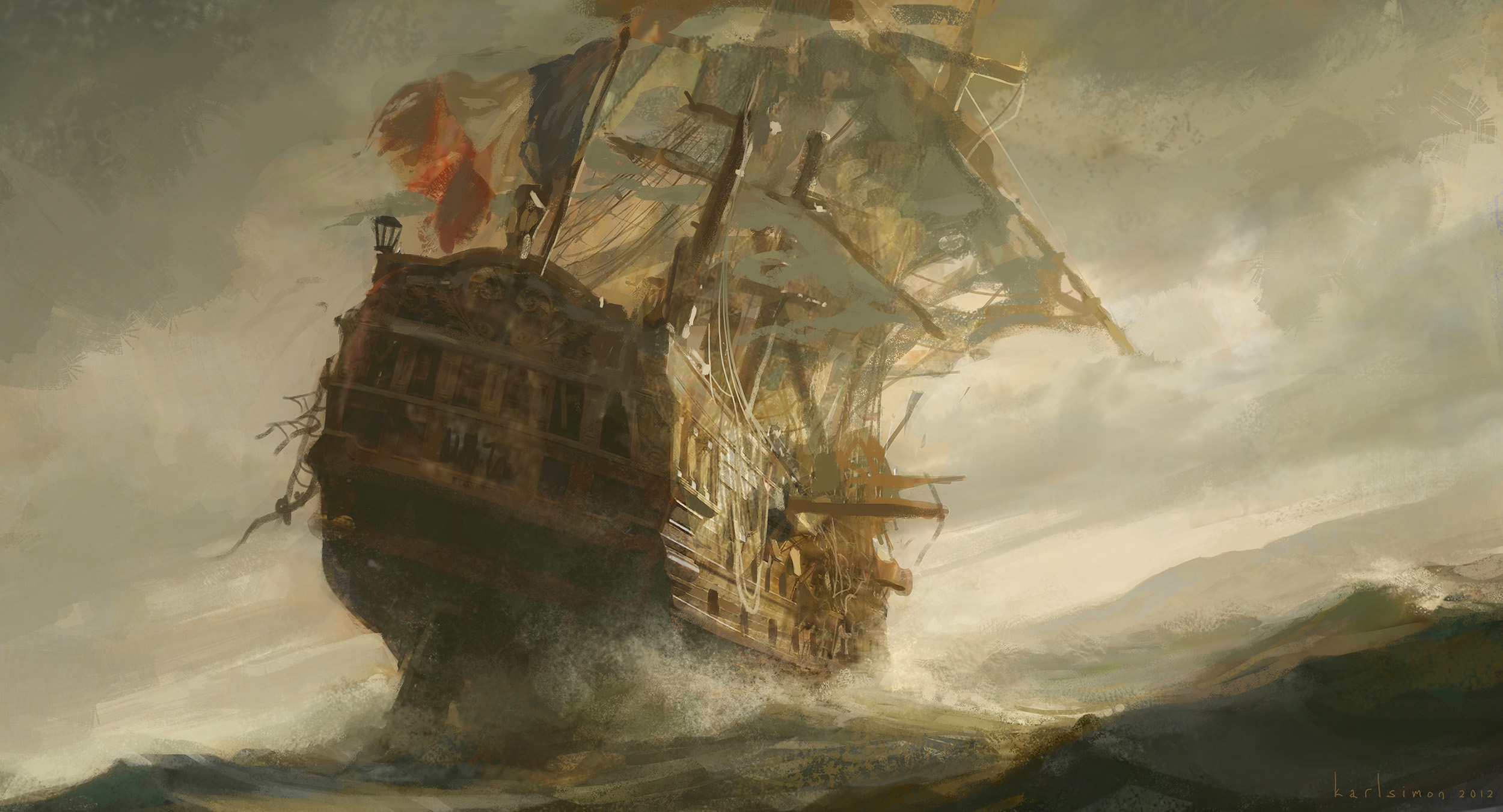
Concept art for Les Miserables
Requirements & Experience
There is no set of criteria that is an absolute requirement to get a job. The first thing people will look at, like with most art-jobs, is your portfolio. The actual ability to draw and set a mood will always be more important than a CV explaining how and where you acquired those skills. Secondly, and this is something I think a lot of aspiring artists might overlook, is that you have to be a good communicator when you work as a concept artist. After all, you are hired to paint other people’s ideas, usually not your own.
Factors to Consider: Connections, Reputation & Geography
Connections, and luck, certainly play a part but these factors are not so easy to control. Reputation is important, and this is something you can control. My advice would be that if you take a job, no matter how small and insignificant it might seem, take it seriously and do your best. You never know who that important connection is going to be that gets you your dream project. Another thing that plays a huge part is geography. I don’t think I would get as many film jobs if I didn’t live in London. A lot of movies are made here and in LA.
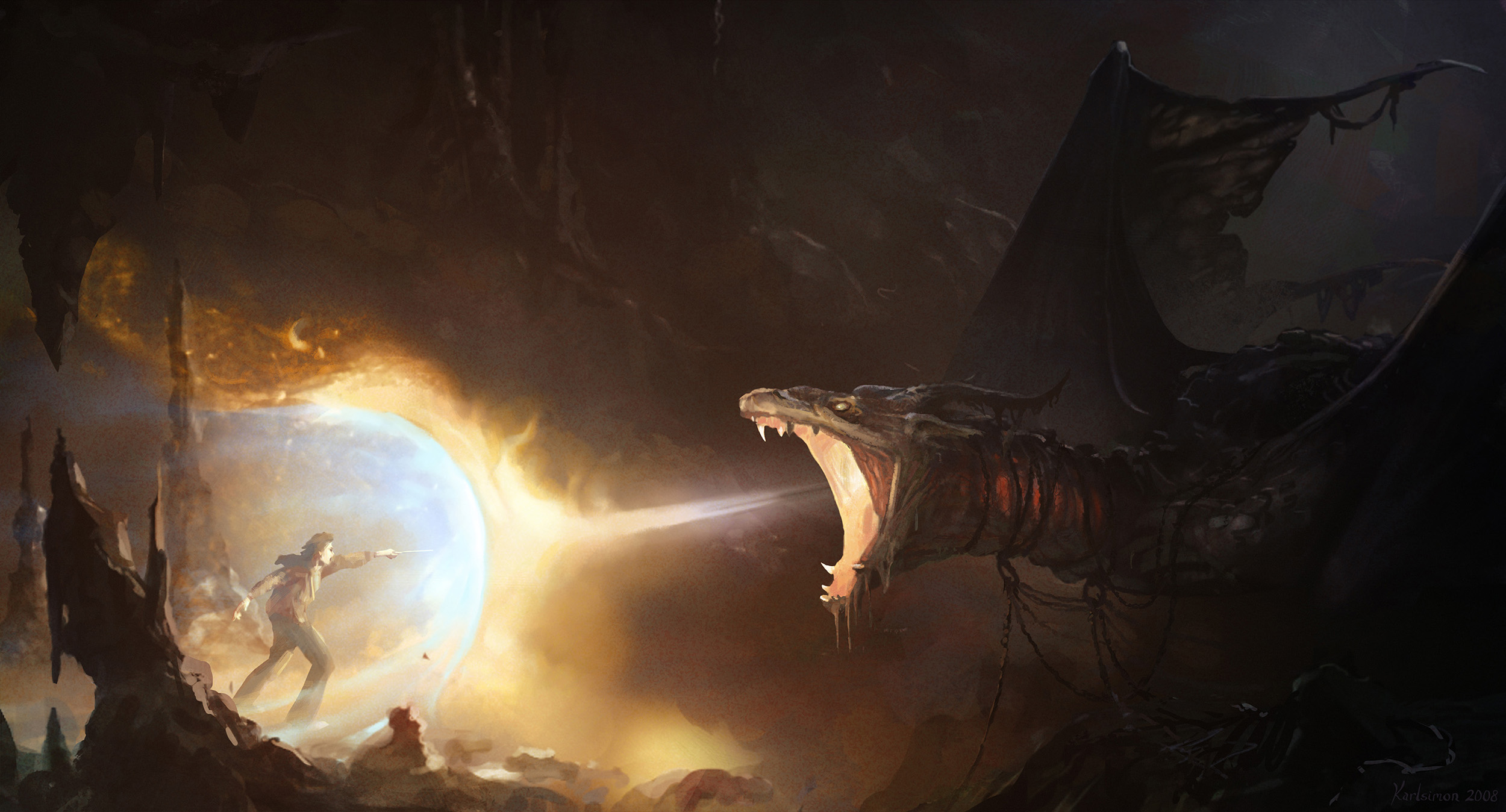
Concept art for Harry Potter and the Deathly Hallows: Part 1
What to Include in your Portfolio
Include images that show that you understand drawing. With drawing, I mean the design of the shapes and objects in your image, regardless of how you create them. It doesn’t have to be actual pencil drawings, but can be photo collage or 3D or anything you like. Concept art is made to explain and communicate an idea, and this requires a good understanding of drawing.
Film is a photographic medium, and if you can show that you understand the basics of photography then that is a plus as well. A wide-angle shot looks very different from a scene shot with a long lens. A scene that is brightly overexposed will feel very different from one that is underexposed.
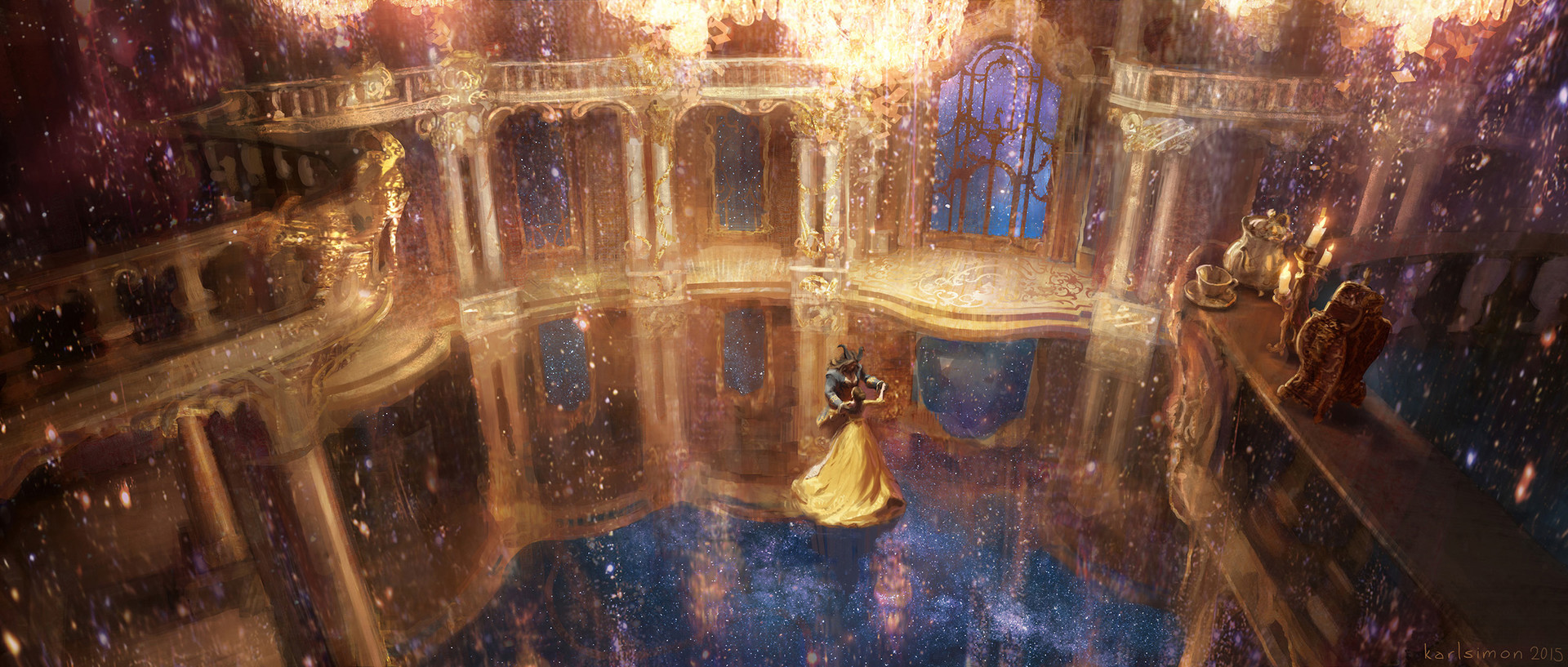
Concept art for Beauty and the Beast
What You’re Given to Work With
In the very beginning of a project, I might do sketches with nothing but the script as a basis. Quite soon though, I will get some imagery to work with as a starting point. It can be a napkin scribble from the director, plan and elevation sketches from the production designer, or 3d model/renders from another artist. If the film is based more on location shoots than sets, I might do paint-overs on photos of these locations.
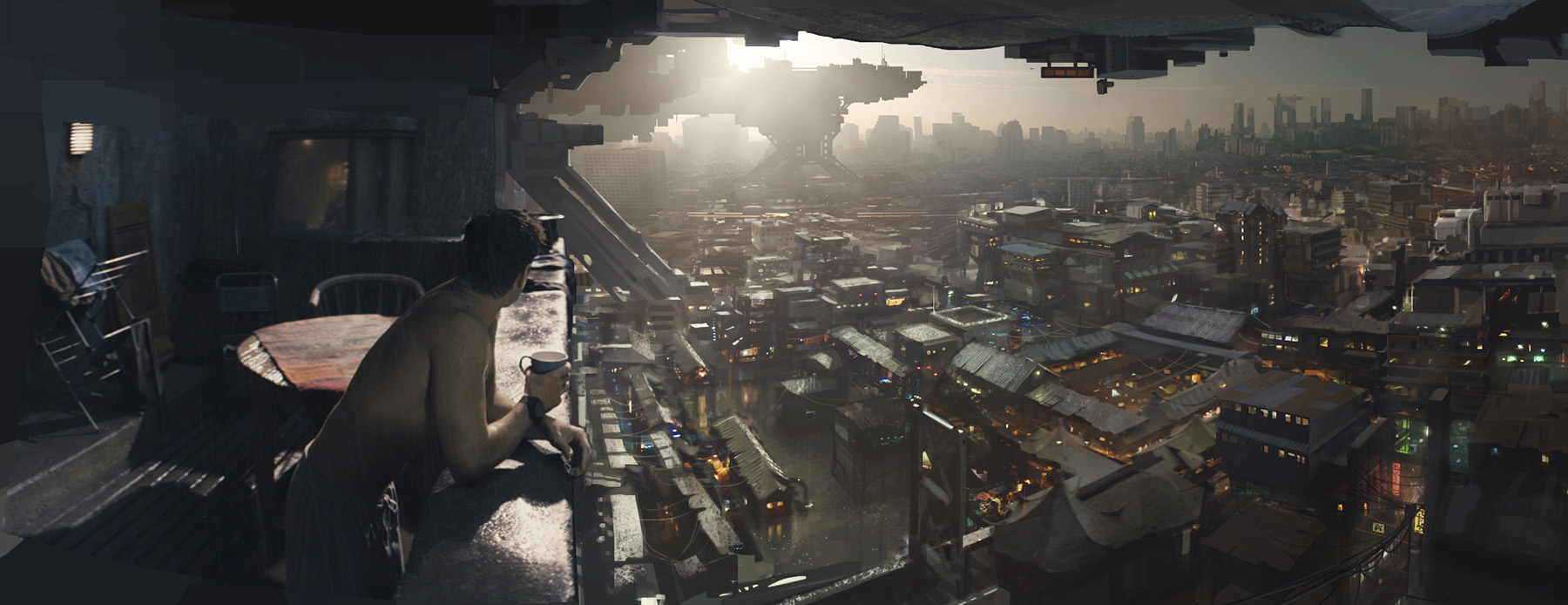
Concept art for Total Recall
Time & Industry Expectations
The amount of time I spend on a concept varies a lot. Sometimes the most useful thing is to do many B&W sketches. For example, finding a composition for a shot, covering a lot of angles of an environment design, or finding a pose, attitude, and silhouette for a character. I might end up doing five or six in a day.
Other times a design needs to be really worked out fully. I might block in a 3D layout, do a detailed line drawing and get that approved before painting it up with mood and light, paying attention to materials, adding characters and all the bells and whistles. This can take anything from a couple of days to a whole week, depending on how quickly we nail the design and how complex the scene is.
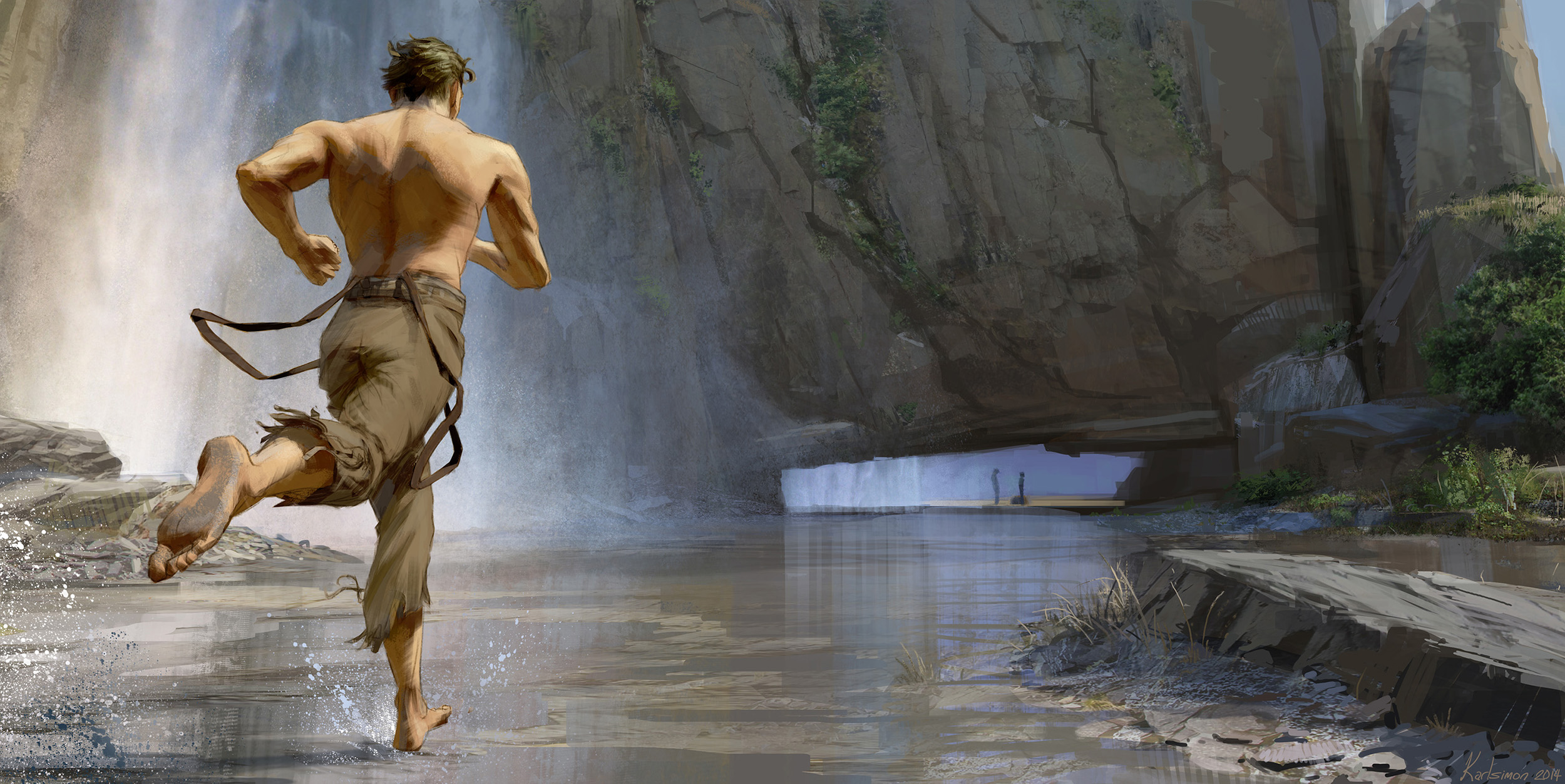
Concept art for The Legend of Tarzan
Pre-production Collaboration & Process
In pre-production for film, I collaborate closely with the person in charge of the art department. This is usually the production designer. She or he has a vision for the look of the film, collecting lots of reference images and doing sketches to explain their ideas. Sometimes I work with art directors as well, sharing drawings and 3D models as we develop the design for a set.
On some movies, if the director is more visually oriented, he or she might be more hands on and give feedback directly. When working in visual effects, I work for a VFX supervisor or art director who in turn answers to the director. It’s different from project to project.
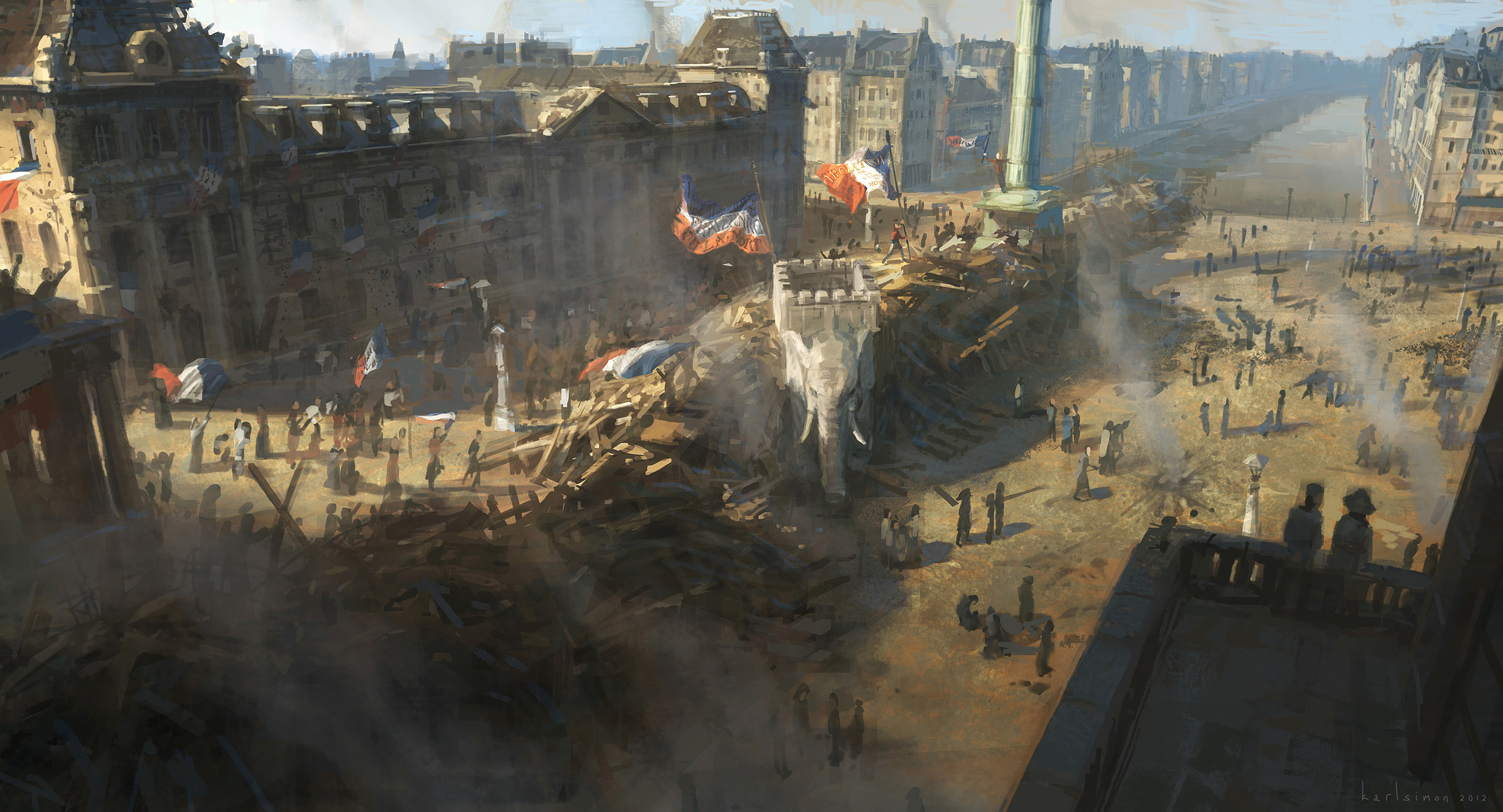
Concept art for Les Miserables
Challenges & Frustrations
I tend to get frustrated when I do too much of the same thing, no matter what it is. I love doing all kinds of concept art and illustration, which is why I try to work in the video games industry, printed media/publishing industries as well as the film industry.
Communication
It’s always a collaborative effort to develop the look of a film or a game and a pretty picture is of no use if it doesn’t say the right thing. I think a lot of artists underestimate the importance of concept art as a communication tool. Being a keen listener and not being afraid to ask questions is important.
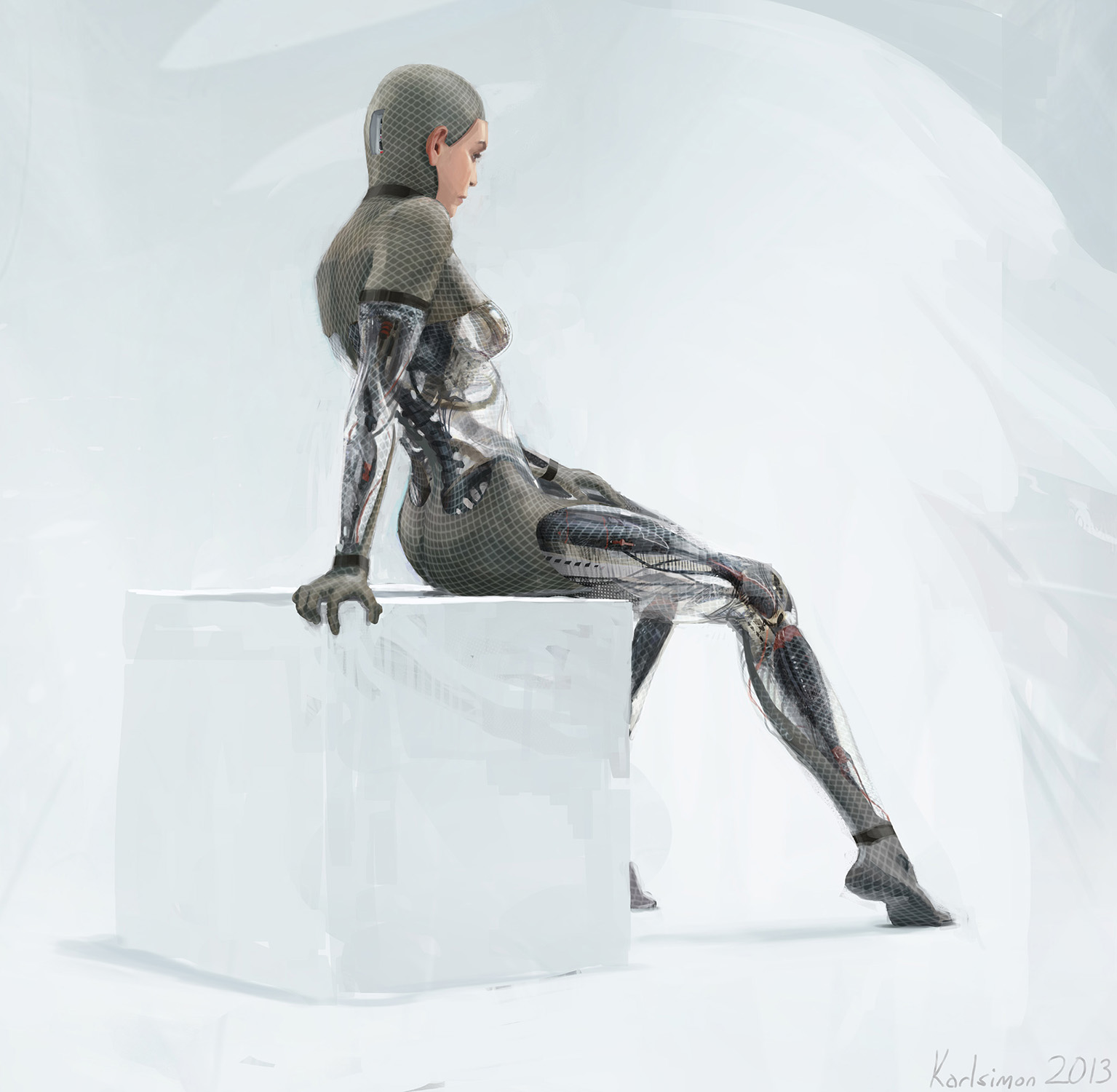
Concept art for Ex Machina
Creating and Learning Something Valuable
I have been very lucky to work with and get to know super nice and knowledgable people on the projects I have been part of. Everyone is an expert in their respective field and I still have so much to learn about making movies. Working with, and learning from these people is the most rewarding thing for me, as it allows me to grow as an artist. It’s also a great feeling when you get to work on a set or a scene for a film and have free hands to come up with a design and mood for it, and then see if it gets approved to make it into the actual film.
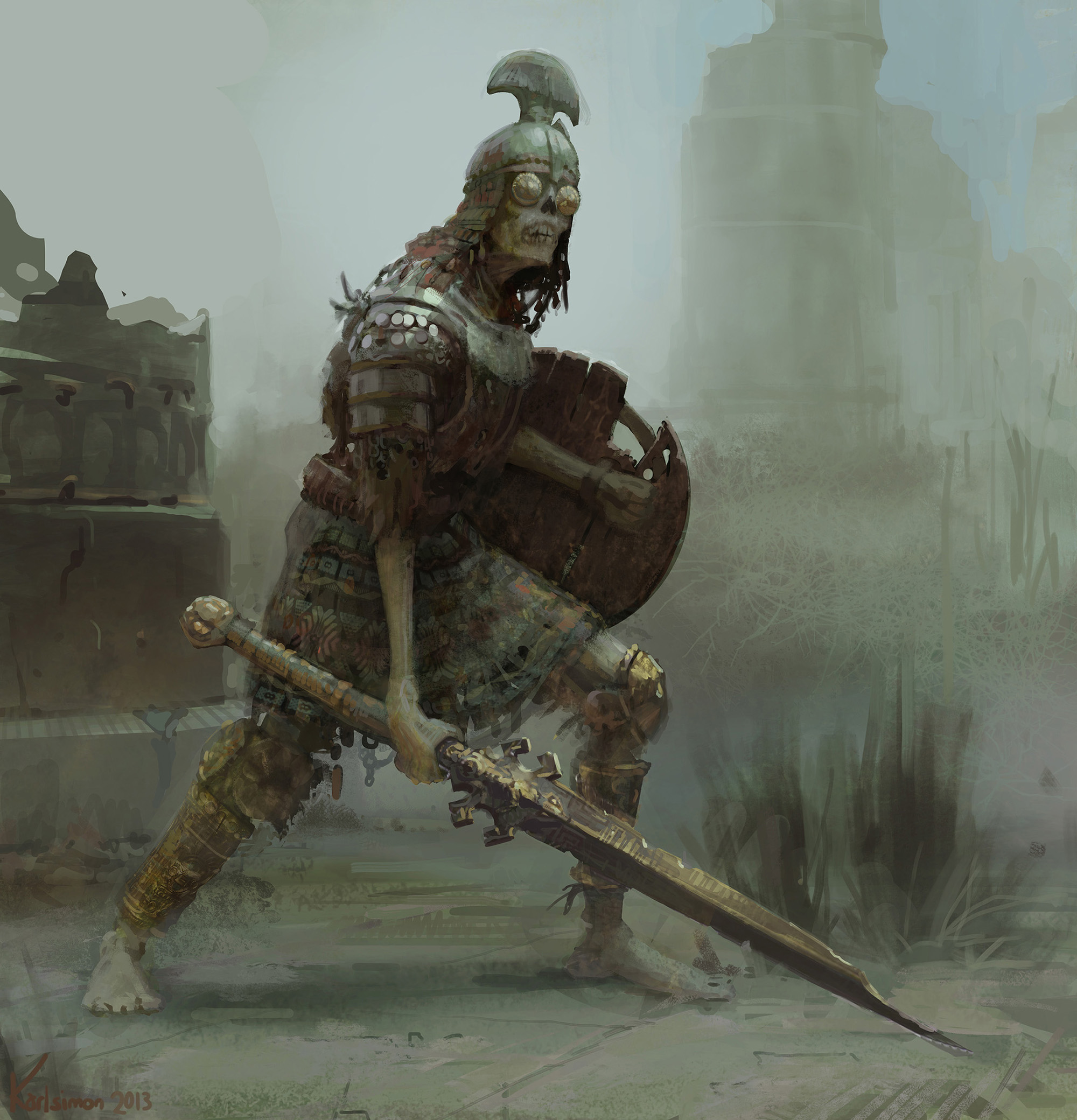
Personal concept artwork
Additional Advice for Aspiring Concept Artists
Get inspiration for your work from sources other than concept art. There are so many other types of art out there and it’s usually from the art forms that you know the least about that you have the most to learn. Try not looking at concept art for a month. Instead, learn things by looking at sculpture, modern art, 1960s magazine illustration, black and white movies from the 1920s, etc. I think you will find it will take your art in new exciting directions.
Draw and paint more from life. Your brain will absorb more information than you think when you struggle with observation of the world around you. It can feel tedious and dull to draw and paint mundane things, but in the end, you will get more out of it than the energy you put into it.
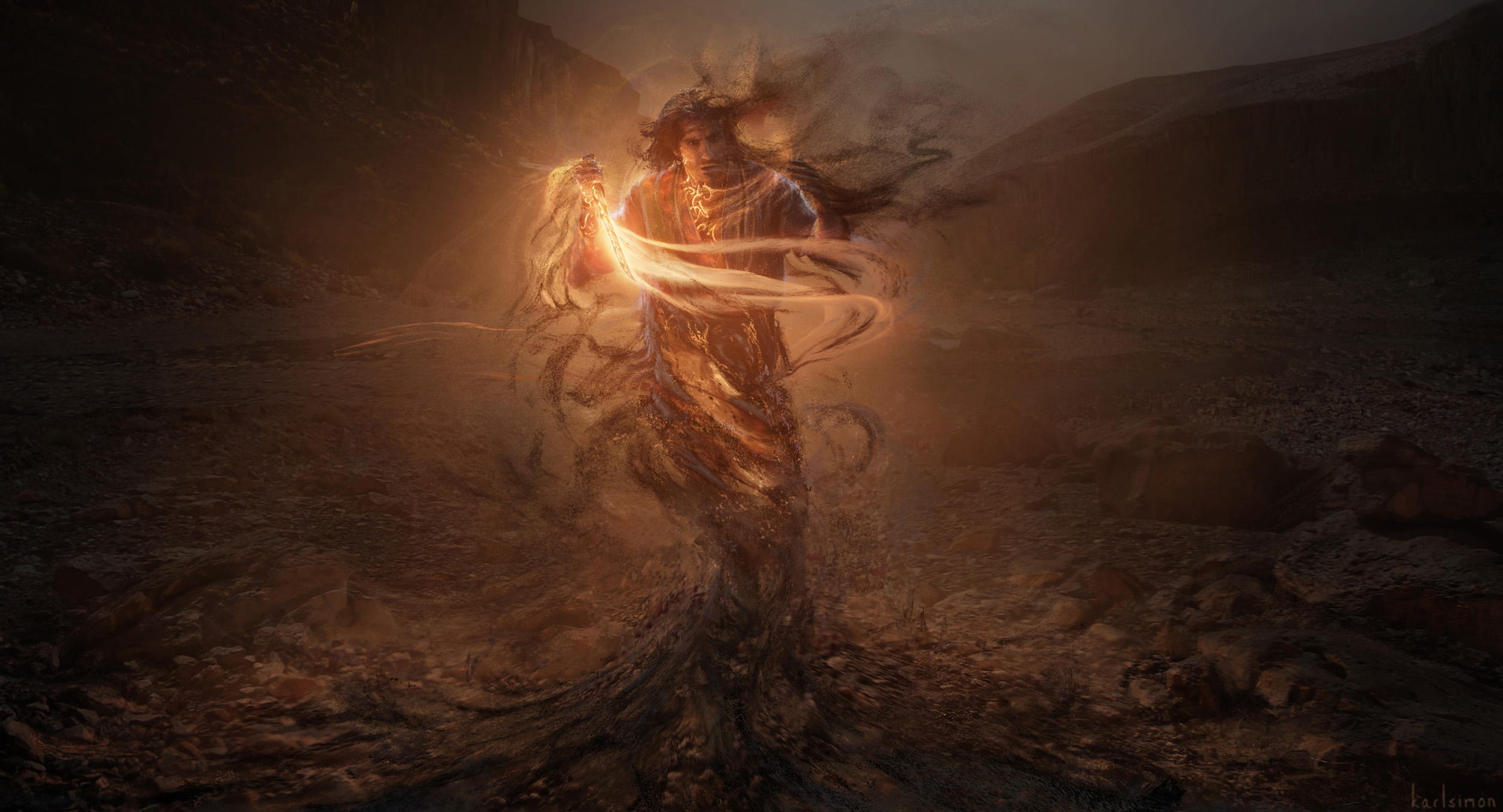
Artwork for The Prince of Persia
To see more of Karl’s work, visit his ArtStation Page or website.
■ About the author: Sierra Mon
Sierra is the Editor of ArtStation Magazine.







